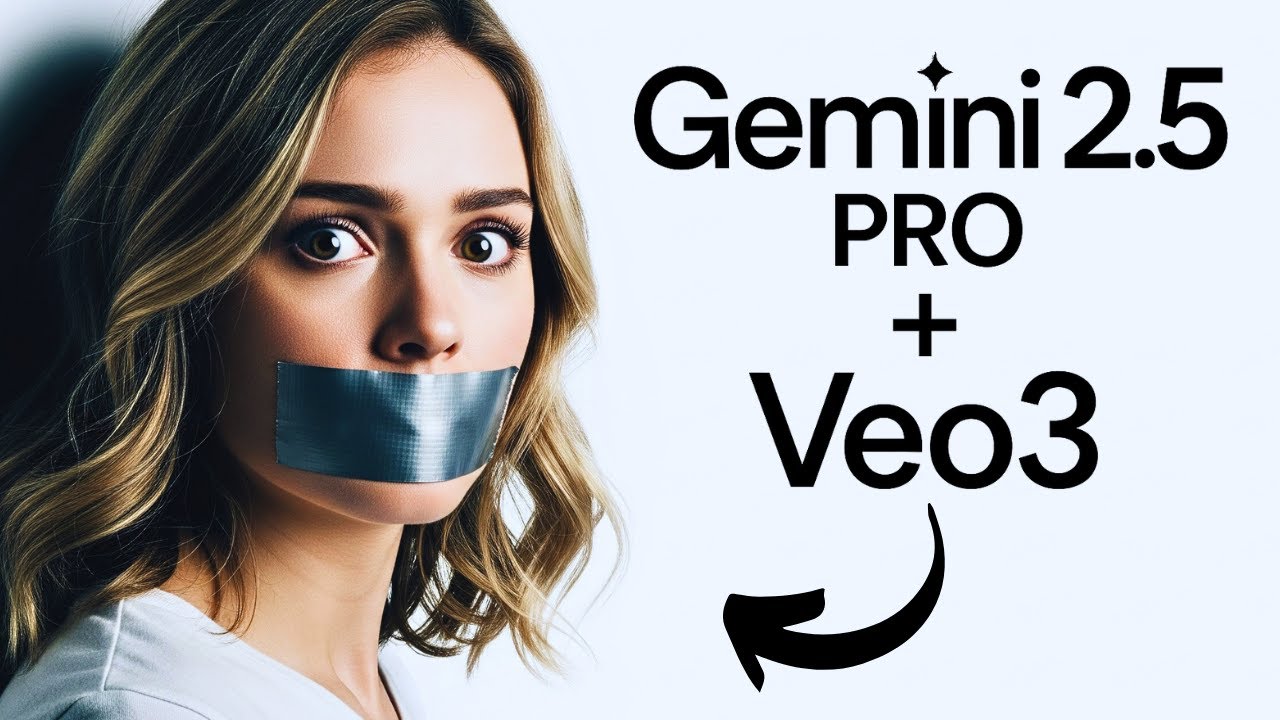The video demonstrates an innovative AI-driven workflow for creating short thriller trailers using Gemini 2.5 Pro and Google VEO 3, involving scene generation, analysis, and iterative storytelling to produce a cohesive one-minute film with dramatic music. The creator highlights the process, challenges, and potential improvements, showcasing the powerful capabilities of these AI tools for future video production.
The video showcases an innovative AI-powered workflow for creating short thriller videos using Gemini 2.5 Pro and Google VEO 3 models. The creator begins by explaining how they set up their project, utilizing a template prompt that includes camera specs, character details, shot descriptions, and key elements. They demonstrate how to input this template into Gemini 2.5 Pro on AI Studio, which helps generate detailed scene descriptions for their short film. The process involves brainstorming story ideas with Claude, selecting an intriguing plot involving a mysterious inheritance, and then creating scene prompts based on this concept.
Next, the creator details how they develop each scene by generating prompts that describe the protagonist and scene specifics, which are then fed into Google VEO 3 for visual generation. They emphasize the importance of maintaining consistency across scenes by using detailed character descriptions and camera settings. After generating each scene, they download the videos and upload them into Gemini for analysis. Gemini then analyzes the footage to understand the scene content and helps evolve the story by suggesting subsequent scenes, creating a coherent narrative flow for the trailer.
The workflow involves repeatedly generating scenes, analyzing them, and then creating new prompts for subsequent scenes, effectively building a short film trailer step-by-step. The creator mentions that they produced about eight scenes, including an outro, resulting in roughly a one-minute trailer. They also highlight some challenges, such as occasional issues with scene generation quality and the need for retakes. To enhance the final product, they add background music from Suno, which significantly elevates the trailer’s cinematic feel.
Towards the end, the creator reviews the completed trailer, expressing satisfaction with the overall coherence and quality of the AI-generated scenes. They showcase the final product, which features a suspenseful narrative about a mysterious inheritance, complemented by dramatic music. They also discuss potential improvements, such as refining the template prompts and waiting for Google to fix certain UI issues related to scene building and extension features. The creator emphasizes that the current workflow, despite some limitations, is effective and offers a glimpse into the future of AI-driven video production.
Finally, the creator shares additional tips and experiments, such as creating mood boards or idea prompts to generate visual concepts like mountain landscapes or explosions. They express enthusiasm for exploring different input prompts and combining various AI tools to enhance their creative process. The video concludes with a recommendation to try out these AI models, noting that while they are somewhat expensive, they provide powerful capabilities for video creation. The creator encourages viewers to stay tuned for future updates and to check out Brilliant.org for learning more about AI, ending on an optimistic note about the potential of these advanced AI workflows.
